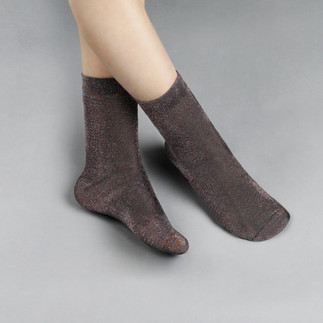Why Do My Joints Ache When It Rains?
- acupuncture herbs
- Jun 6
- 3 min read
Written by: Melody, TCM Practitioner.

Joint pain when it rains is a common phenomenon, especially among those with arthritis. This is often called "weather pain." While the exact reasons aren't fully understood, medical professionals have proposed several possible explanations:
Impact of Barometric Pressure Changes:
🔹 Changes in Joint Cavity Pressure:
When air pressure drops, the pressure inside your joint cavities can change, which might stimulate nerve endings in the joints, causing pain.
🔹 Changes in Synovial Fluid Viscosity:
Barometric pressure changes might affect the thickness (viscosity) of your joint fluid, thus impacting joint lubrication and potentially worsening wear and tear and pain.
Impact of Cold Air:
🔹 Blood Vessel Constriction, Muscle Tension:
Cold air can cause blood vessels to constrict, reducing blood circulation to the joints. This can lead to insufficient blood supply and increased pain.
🔹 Muscles may also contract, increasing pressure on the joints, leading to discomfort.
Impact of Increased Humidity:
A high-humidity environment might cause joints to swell, increasing pressure within them.
Psychological Factors:
Some people may have a psychological expectation that their joints will hurt when it rains. This self-fulfilling prophecy can also intensify the pain.

How Does TCM View Joint Pain in Rainy Weather?
TCM believes that joint pain during rainy weather is closely related to the invasion of "Dampness evil" (湿邪) into the body. Dampness is a pathogenic factor with characteristics of heaviness and stickiness. It easily invades the body's joints, obstructing the flow of Qi and Blood, which then causes symptoms like joint pain and swelling.
Why Does Dampness Evil Easily Cause Joint Pain?
💦 Dampness Evil's Heaviness and Turbidity:
Dampness is heavy and murky by nature, easily obstructing meridians, leading to impaired Qi and Blood circulation, thus causing joint pain.
💦 Damp and Rainy Weather:
Rainy days have high air humidity, making it easy for Dampness evil to invade the body when it's vulnerable, aggravating joint pain.
💦 Constitutional Factors:
People with Spleen deficiency and abundant dampness or Kidney Yang deficiency are more susceptible to the invasion of Dampness evil.
Easy Ways to Relieve Rainy-Day Joint Pain at Home:
🌟 Keep Warm:
On rainy days, remember to keep warm and avoid exposure to cold. Keeping your joints warm can reduce blood vessel constriction and increase circulation.
🌟 Moderate Exercise:
Appropriate exercise helps strengthen your constitution, improve blood circulation, build muscle strength around the joints, and enhance joint stability. Try to minimize outdoor activities on rainy days.
🌟 Foot Soaks:
Soaking your feet can improve local blood circulation and relieve muscle and joint tension. It can also help dispel cold and dampness from your body, offering some辅助治疗 (supportive therapeutic effect) for conditions like arthritis.
🌟 Dietary Adjustment:
Maintain a light diet; eat less raw/cold and greasy foods.
🌟 Regular Routine:
Maintain consistent daily routines and avoid excessive fatigue.
If these methods don't yield results, then you might consider TCM professional help.
If your joint pain persists for an extended period and affects your daily life, it's advisable to seek medical attention promptly to clarify the cause and receive targeted treatment.
TCM Methods for Treating Rainy-Day Joint Pain:
TCM treatment for rainy-day joint pain primarily adheres to the principles of dispelling dampness, unblocking meridians, and relieving pain. Common methods include:
🌱 Internal Chinese Herbal Medicine:
Based on the patient's specific condition, Chinese herbs with effects of dispelling dampness, warming meridians, and relieving pain are selected.
🌱 Acupuncture and Moxibustion:
Through methods like acupuncture and moxibustion, meridians are unblocked, Qi and Blood are regulated, and pain is alleviated.
🌱 External Chinese Herbal Application:
Chinese herbs with dampness-dispelling and pain-relieving properties are made into plasters or medicinal wine and applied externally to the affected area. This can help warm the meridians, dispel cold, reduce swelling, and relieve pain.
Important Reminder:
TCM treatment is a gradual process and requires long-term persistence to see effects.
While undergoing TCM treatment, you should also cooperate with Western medical treatment for better results.
If joint pain is severe, seek medical attention promptly to avoid delaying the condition.
If you'd like to learn more about TCM wellness, or if you'd like more personalized advice for your specific situation, we recommend booking a consultation.









